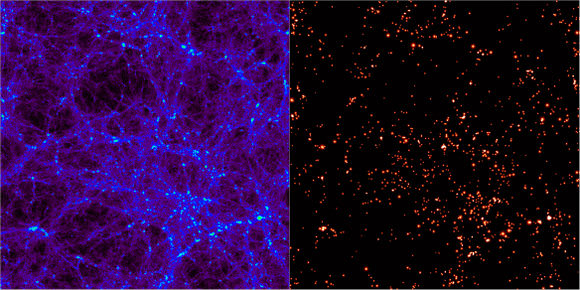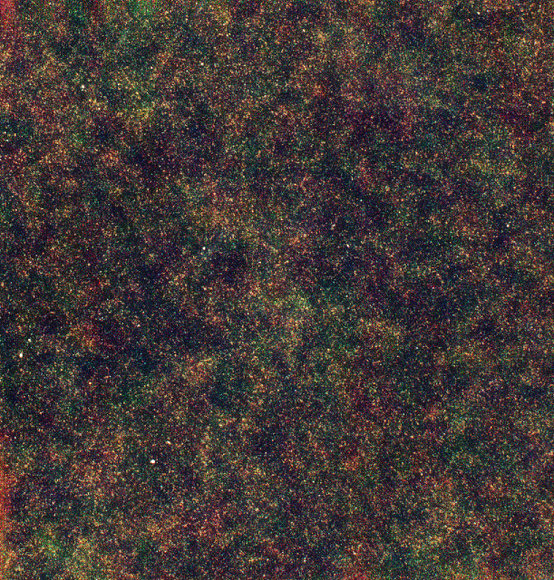[/caption]
When it comes to forming stars, the size of a galaxy does matter, according to research out today in the online version of Nature.
But it doesn’t have to be as massive as we once thought.
Alexandre Amblard, an astrophysicist at the University of California, Irvine, and his colleagues used new data from the Herschel Space Observatory to peer into Lockman Hole area of the sky, where extragalactic light comes from star-forming galaxies out of reach for even the world’s most powerful telescopes.
The Lockman Hole is a patch of the sky, 15 square degrees, lying roughly between the pointer stars of the Big Dipper.
Called submillimetre galaxies, the study subjects emit light at wavelengths between the radio and infrared parts of the spectrum, so studying them requires novel approaches borrowing from both radio and optical astronomy. The galaxies by themselves are too blurry to be resolved with individual far-infrared telescopes – but their average properties can be observed and analyzed, which is exactly what Amblard and his colleagues did.
The authors measured variations in the intensity of extragalactic light at far-infrared wavelengths, and derived statistics for the level of clustering of light halos. They assume that the clustering reflects the underlying distribution of dark matter, and fit the data to a halo model of galaxy formation, which connects the spatial distribution of galaxies in the Universe to that of dark matter.

Amblard and his colleagues discovered an enormous fact: the ‘haloes’ of dark matter that surround the Universe’s most active star-forming galaxies are each more massive than about 300 billion solar masses.
What’s even more interesting is that the new threshold for star formation is actually smaller than some previous estimates.
“I think there was one prediction that put the number around 5000 billion times that of the sun, but that was just a prediction from a theory of galaxy formation.“ said Asantha Cooray, also an astrophysicist at UC Irvine and second author on the new paper. “The general consensus was that it may be between 100 to 1000 billion times the sun. We now have a more precise answer from this work.”
Cooray said he’s most excited “that we can look at a detailed image of the sky showing distant, star-forming galaxies and infer not only details about the stars and gas in those galaxies but also about the amount of dark matter needed to form such galaxies. Beyond inferring the presence, we still don’t know exactly what dark matter is.”
The results appear online ahead of print today on Nature’s website.


So, what’s the most reasonable explanation of dark matter? Is it WIMPs?